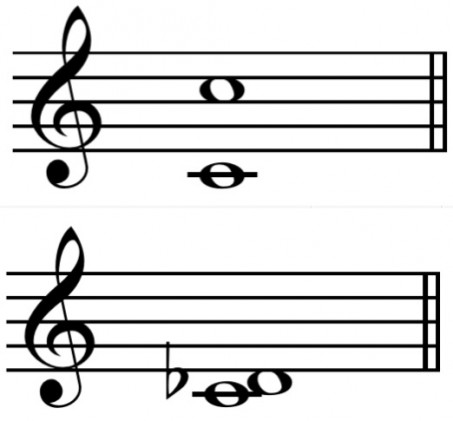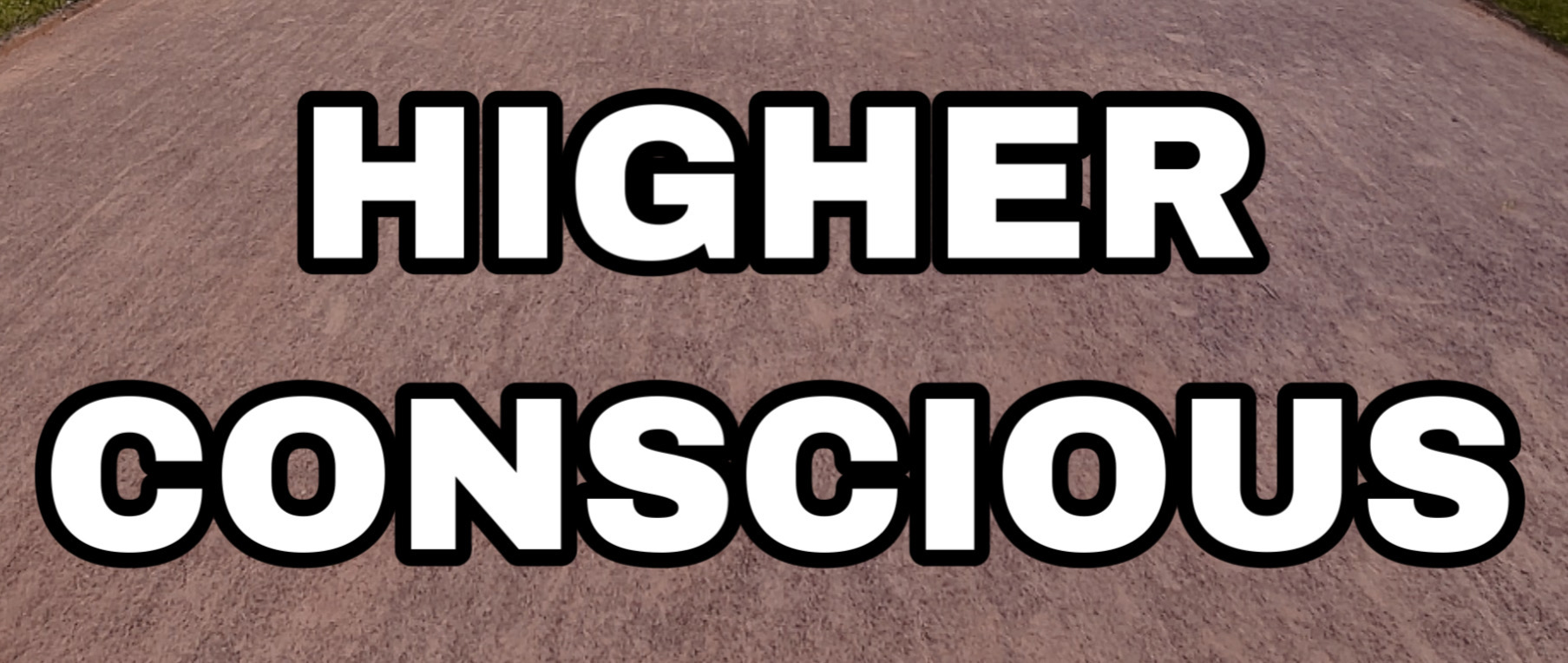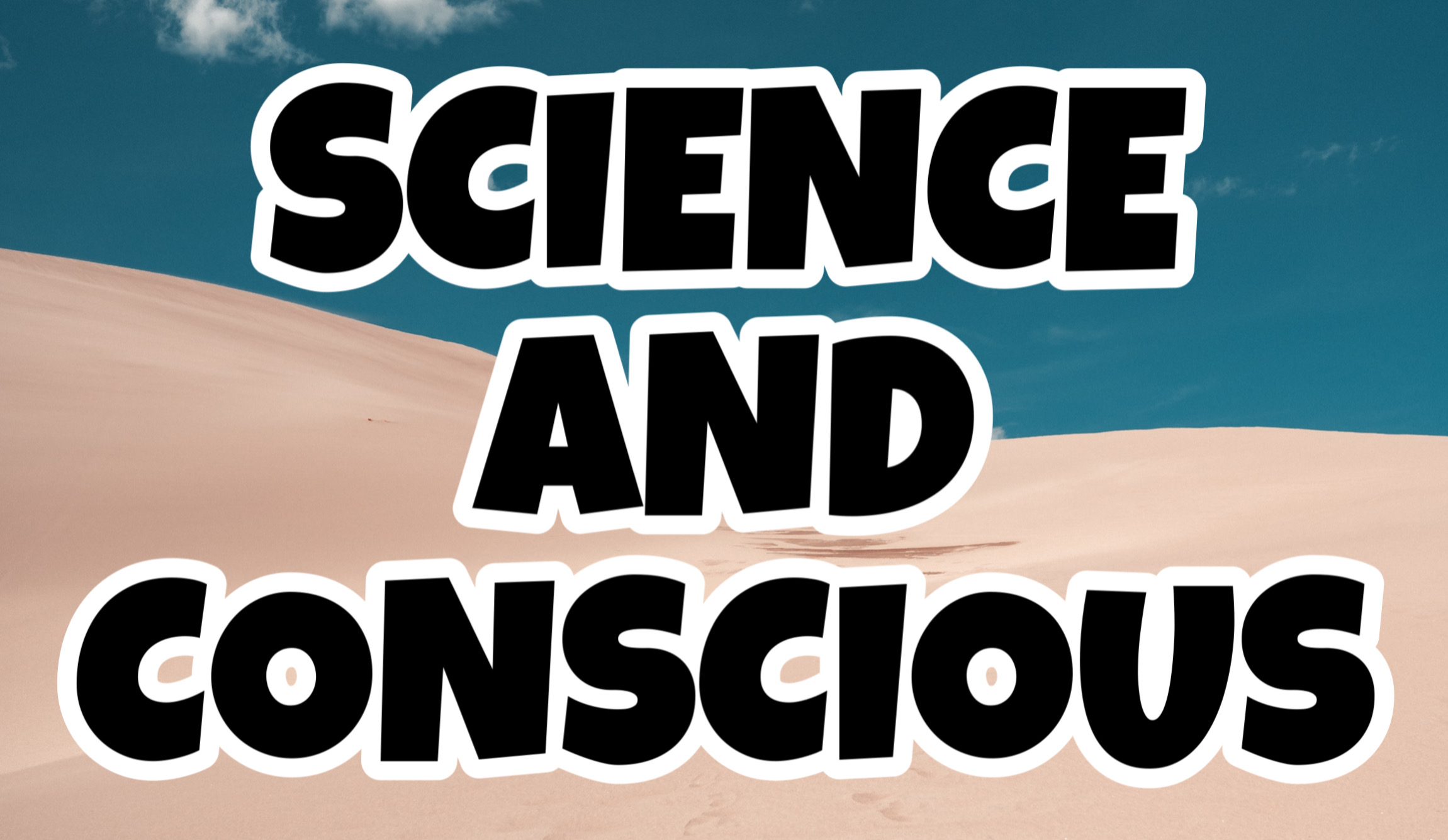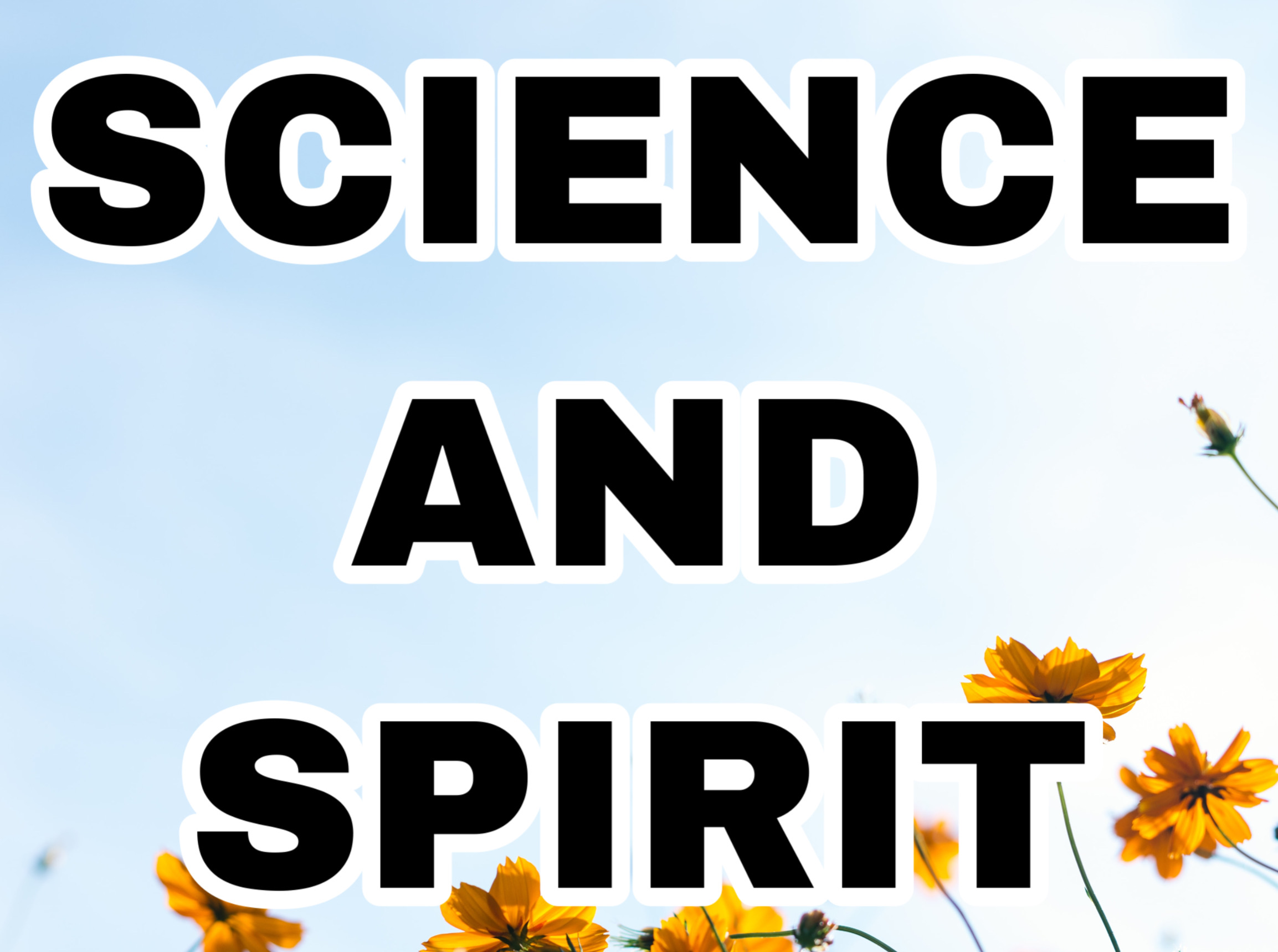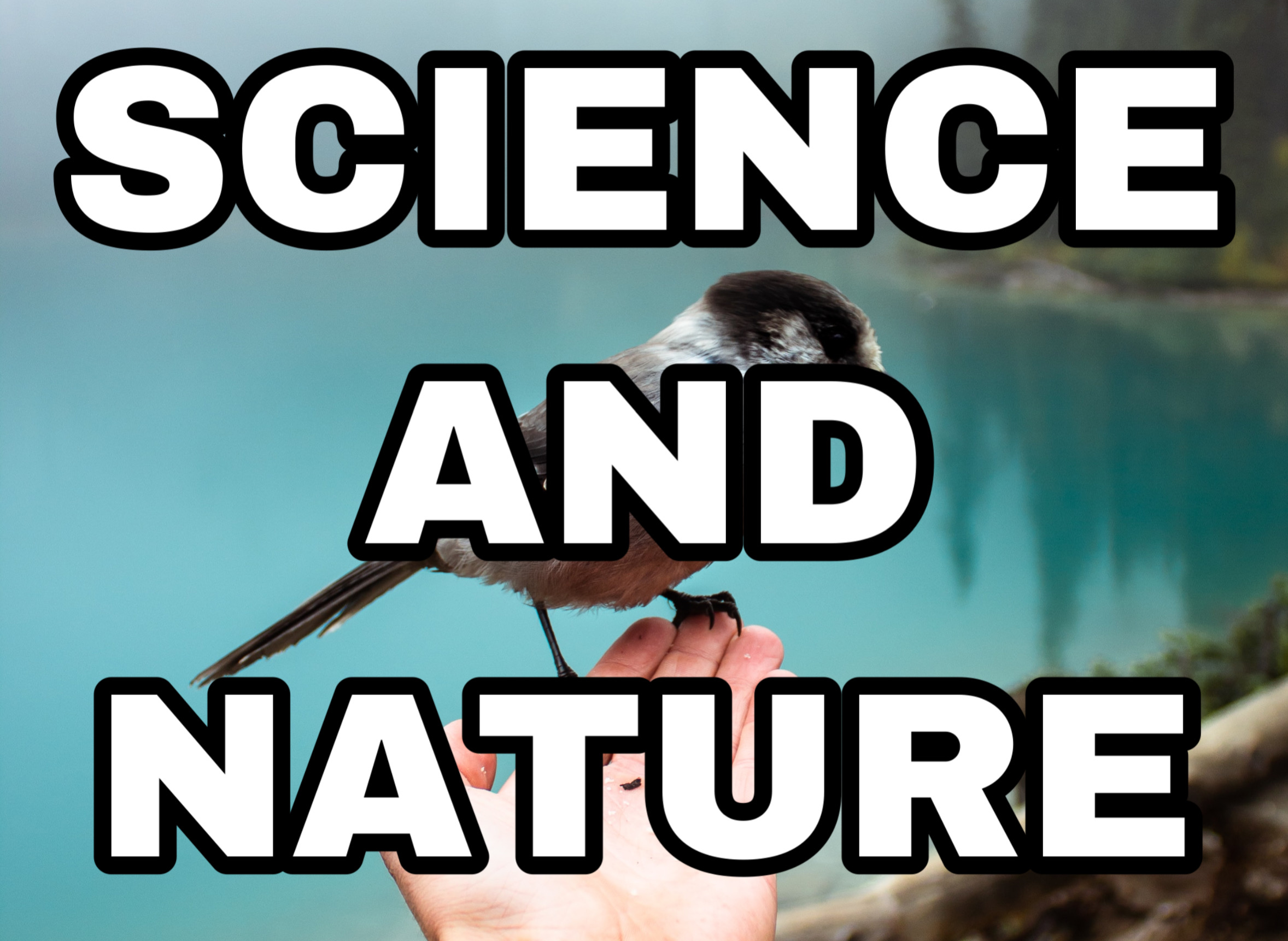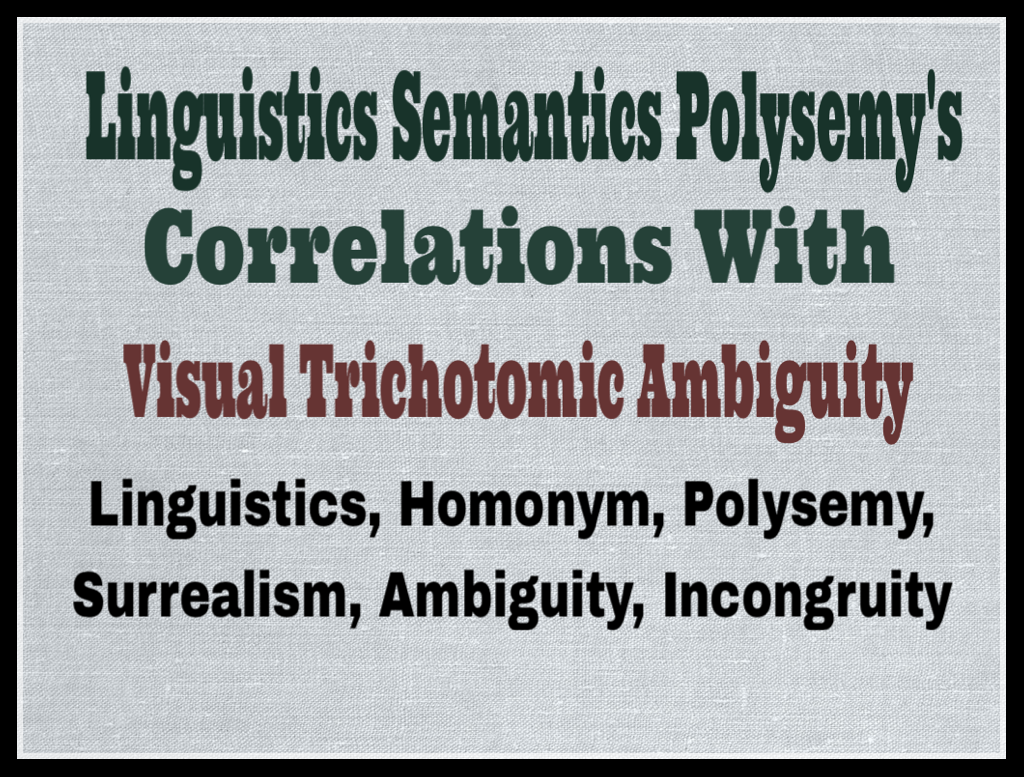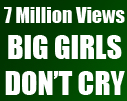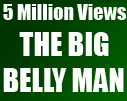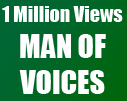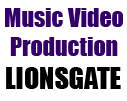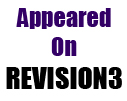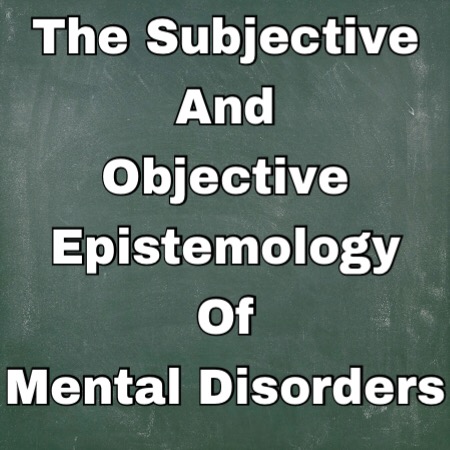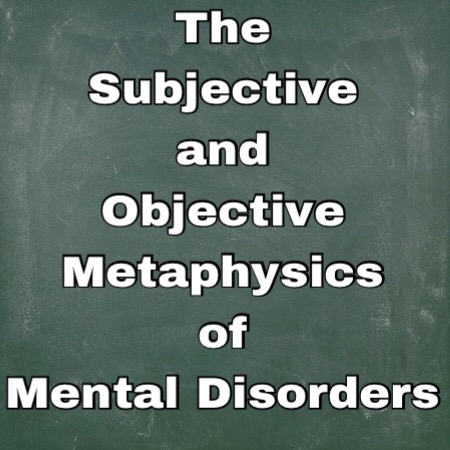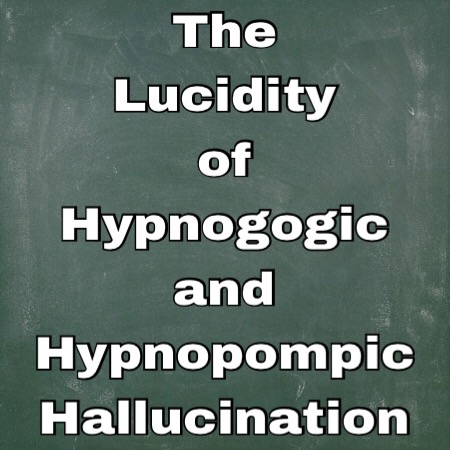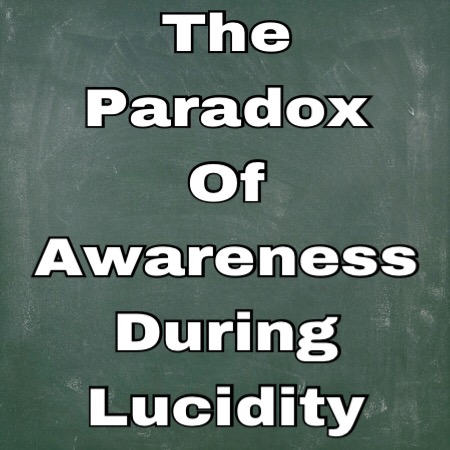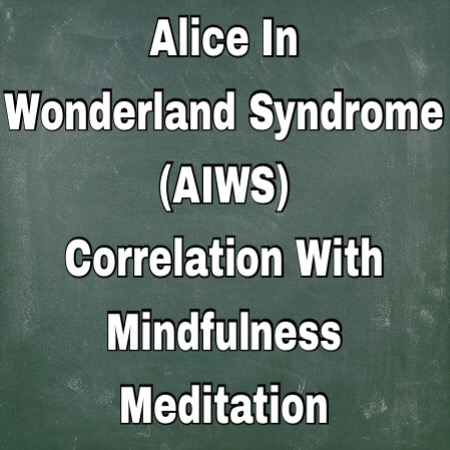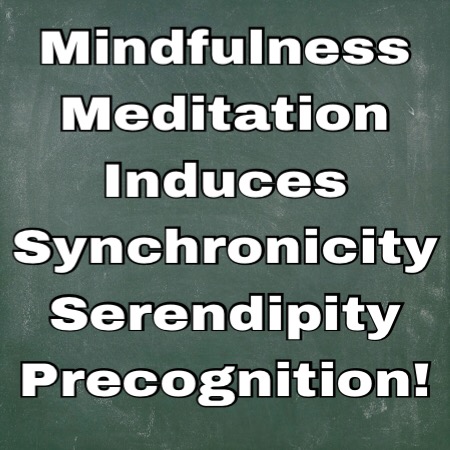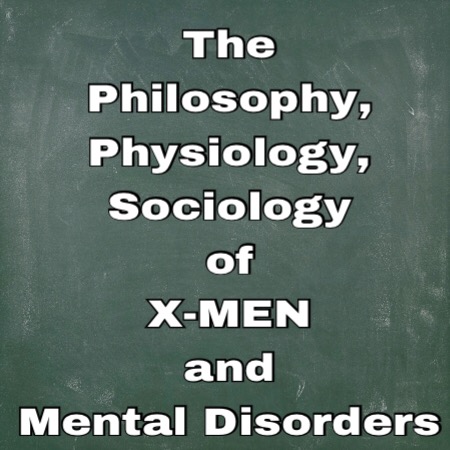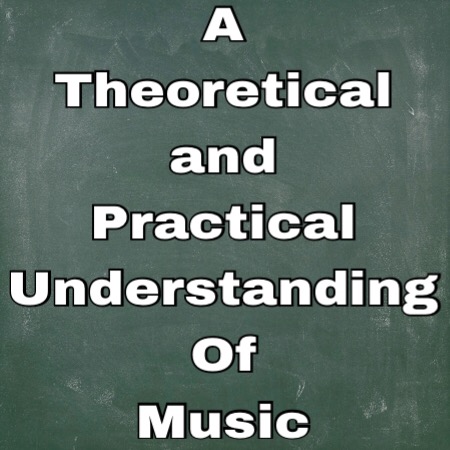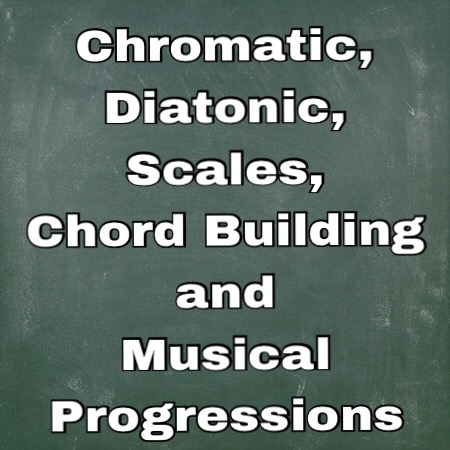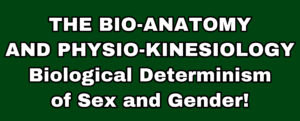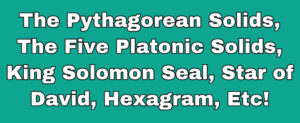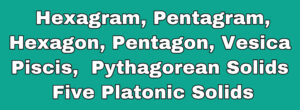25: Consonance & Dissonance
The Semantical Disparity Between Consonance and Dissonance
Music, Art, Humor, Psychology
Consonance and dissonance is a structural dichotomy; the former having a harmonious agreement and the latter having disharmonious incompatibility; a mutual exclusion between concepts. Consonance and dissonance pervades in every field, and each area is not bounded by its semantics, but slightly altered by its syntax. The objective of this paper is to explore the contextual syntax induced by artistic development and cognitive functions.
CONSONANCE AND DISSONANCE IN MUSIC
Consonance and dissonance are the disparity between musical relationships; musical dissonance, primarily jazz, which isn’t specifically about a chord outside a key, but the sequence of chord changes that has no traditional relationship with each other. There’s a clear distinctions between dissonance and atonality in music; the former being a chain of suspension or clashing of notes; F transitions to F#, semitones apart; and the latter lacks musical order, absence of key or tonal center; although both musical ambiguities are interrelated, they’re differentiated by their syntax. There’s two sorts of musical dissonance, a tension or clash deriving from the chord itself, and the untypical sound within the lack of relationship between chord transitions. Let’s explore why a chord is consonant and dissonant.
The diatonic scales is 7 notes, a sequence of intervals extracted from the chromatic scales; in physics it’s the sound-waves that separates the differences between pitch; hence, frequency and amplitude are the constituting factors between adjacent intervals; (tautological). The western musical formula is W-W-H-W-W-W; W meaning whole-note, H meaning half-note, which constructs a group of notes together that sounds aurally appealing; primarily C-D-E-F-G-A-B-C. This requires more in-depth explanation pertaining to the chromatic scales and how tones and semi-tones are extracted to build notes in a diatonic key. (another subject).
CONSONANCE AND DISSONANCE IN PSYCHOLOGY
Cognitive dissonance is an ambivalent state deriving from a discrepancy between belief and behavior, an incurring disharmony between the integral part of self-identity, and the interpretation of new information; a psychological discomfort causing contradictory cognition. Tension or anxiety arising from incompatibility between thoughts, one induced by an emotional dichotomy.
CONSONANCE AND DISSONANCE IN HUMOR
Dissonance in humor has many variables; from a disparity between setup and delivery; incongruity deriving from an absurd or surrealistic story, or verbal and visual dissonance from a lack of stage harmony—out-of-sync, inharmonious or offbeat. Unconventional behaviors pervasive amongst spectral disorder cases; asperger, high functioning autism, eccentricity and other sort of peculiarities.
CONSONANCE AND DISSONANCE IN LINGUISTICS
Literary devices in linguistics also explores dissonance in its rhetoric; the contrasting interpretation of sarcasm in humor, a dichotomy between tonality and literal sarcastic statement. Verbal irony also partitions into dissonance, but with benevolent meaning. The polar opposites between rhetorical devices and its phonological attributes constitute the lexical and structural ambiguity in semantics.
CONSONANCE AND DISSONANCE IN ART
The aesthetics of dissonance in surrealistic art derives from the juxtaposition of incongruity; unlike humor, it’s the visual displacement of objects, or the conceptual or perceptual alteration of a set of principles or structure governing a piece. Ironically, the visual dissonance is is incongruently structured in an untypical sort of way.
The semantics of consonance and dissonance vary in its semantics, and its denotational meaning may take on connotative interpretations conducive to its syntax; in music it’s the inharmonious relationship between intervals; in psychology it’s the cognitive disparity between thoughts; in art it’s the visual incongruity, and in humor it’s the incongruity between setup and delivery, or inharmonious verbal and visual mimic of social cues.
Share your views and opinion, please leave a comment below Article Written By: Atelston Fitzgerald Holder 1st
Stage Name: Mr Pregnant
Please do not distribute without written approval
Actor: www.youtube.com/mrpregnant
Musician: www.youtube.com/mrpregnantmusic
Feel free to contact me: mrpregnant@aol.com
Copyright 2015
Latest posts by Atelston Fitzgerald Holder 1st (see all)
- A SCIENTIFIC ANALYSIS OF THE SACRED-GEOMETRIC NATURE OF SUPERHERO ANATOMY! - September 5, 2023
- A Mirrored Reflection Of The Tainted Human Expression - September 15, 2021
- The God Universe Non-Dualistic Dichotomy - September 12, 2021
- Consultation - April 30, 2019
- The Philosophy Of Obsessive Compulsive Disorder (OCD), Bipolar I Manic, Lysergic Acid, Psilocybin & Sensory Modalities - January 31, 2018




